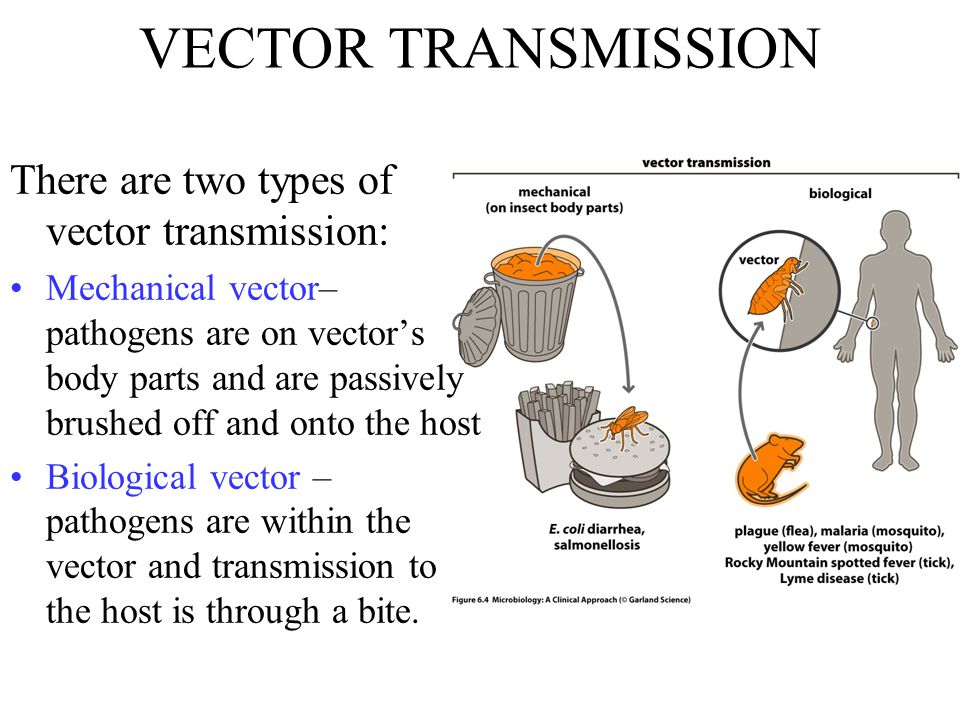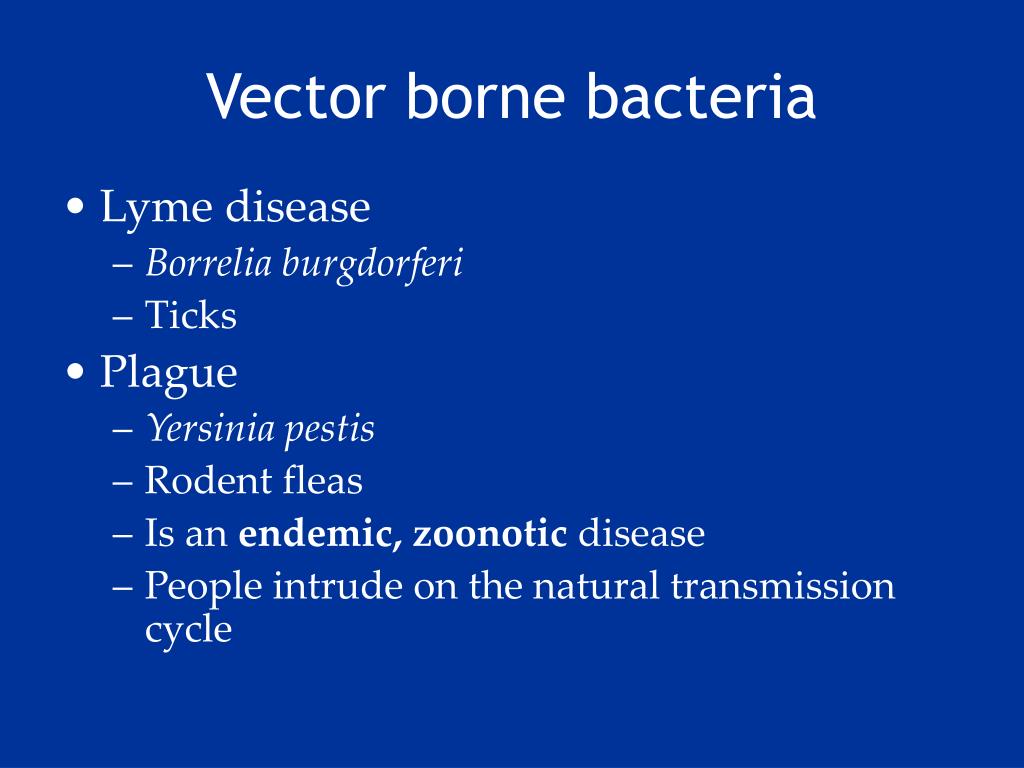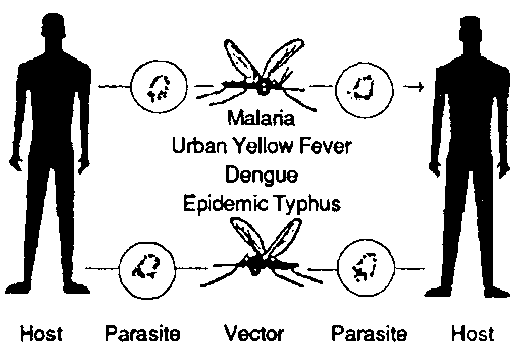

The final essays in this chapter address the profound influence of climate on vector-borne disease distribution and transmission.

In describing the rise of Pierce’s disease of grapevines in California following the recent introduction of a highly efficient insect vector for a local bacterial pathogen, Almeida explores a common pattern of vector-borne disease emergence from an agricultural perspective. Plant systems, for example, “allow large experiments to be conducted, with multiple hosts, vector species and pathogen strains, which could be used to experimentally address ecological and evolutionary hypotheses on pathogen range and transmission efficiency,” he explains. In his contribution to this chapter, presenter Rodrigo Almeida of the University of California, Berkeley, argues that new insights on the nature of vector-borne diseases could be gained through the exchange of tools and ideas among disparate research communities.

This trend may well continue and gain momentum, Fish noted, since various non-native tick-borne arboviruses could infect any of several hundred human-feeding species of ticks present in the United States.Īlthough vector-borne plant diseases share many ecological and epidemiological features with their animal and human counterparts, they tend to be studied in isolation. The decline of agriculture in the northeastern United States and the subsequent reforestation of this region over the past several decades have provided an ideal habitat for increasing numbers of white-tailed deer, their attendant ticks, and the pathogens they bear. The adults of this tick species feed exclusively on white-tailed deer only the nymphs feed on and transmit pathogens to humans. In addition to Lyme disease, which rose from obscurity to become the country’s most common vector-borne disease within the span of two decades, black-legged deer ticks ( Ixodes scapularis) serve as the vector for Anaplasma phagocytophilum-a bacterium that causes a flu-like illness called human granulocytic anaplasmosis-and the protozoan Babesia microti can be spread by transfused blood from an infected human. In his presentation on anthropogenic factors in tick-borne pathogen emergence, Durland Fish of Yale University focused on the “steadily increasing” presence of tick-borne disease in the northeastern United States associated with the reversal of deforestation in that region (see Summary and Assessment subsection entitled “Reforestation and Tick-Borne Disease”). “If we hope to reverse the trend of emerging and reemerging infectious diseases,” Gubler insists, “the movement of pathogens and arthropod vectors via modern transportation must be addressed.” In particular, he notes that advances in transportation, which centuries ago removed infectious disease barriers between the Old and New Worlds (that is, the eastern and western hemispheres), now drive the rapid, global dispersion of pathogens and their vectors. He considers the changing epidemiology of malaria, plague, dengue, yellow fever, and WNV, identifies key factors in the emergence and spread of vector-borne disease, and discusses the implications of these trends for public health. Gubler describes the “dramatic global reemergence of epidemic vector-borne diseases” of the past three decades, in parallel with influential demographic, economic, and societal trends. The chapter begins with a summary of the workshop’s keynote address, which was presented by Duane Gubler of the University of Hawai‘i. Contributors to this chapter examine global, regional, and local phenomena associated with the emergence and resurgence of these and other vector-borne diseases, and explore the use of such information to predict future outbreaks and anticipate the geographic spread of vectors and pathogens. Epidemics of malaria, dengue, and other formerly contained vector-borne diseases are on the rise in the developing world, and in recent years the United States has witnessed the introduction of West Nile virus ( WNV) in New York City and the emergence of previously unknown Lyme disease. The once limited geographic and host ranges of many vector-borne diseases are expanding, spurred largely by anthropogenic factors.


 0 kommentar(er)
0 kommentar(er)
